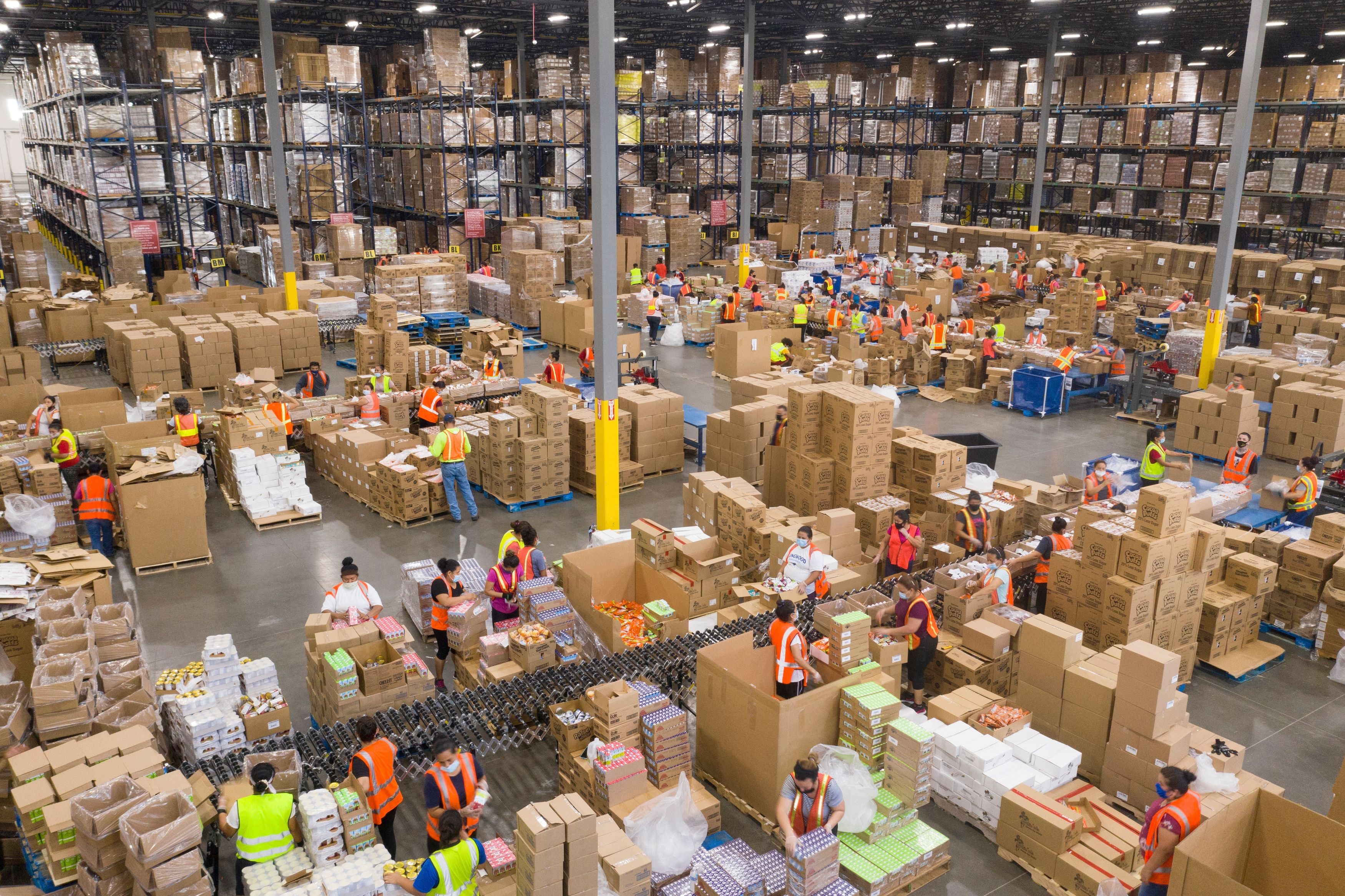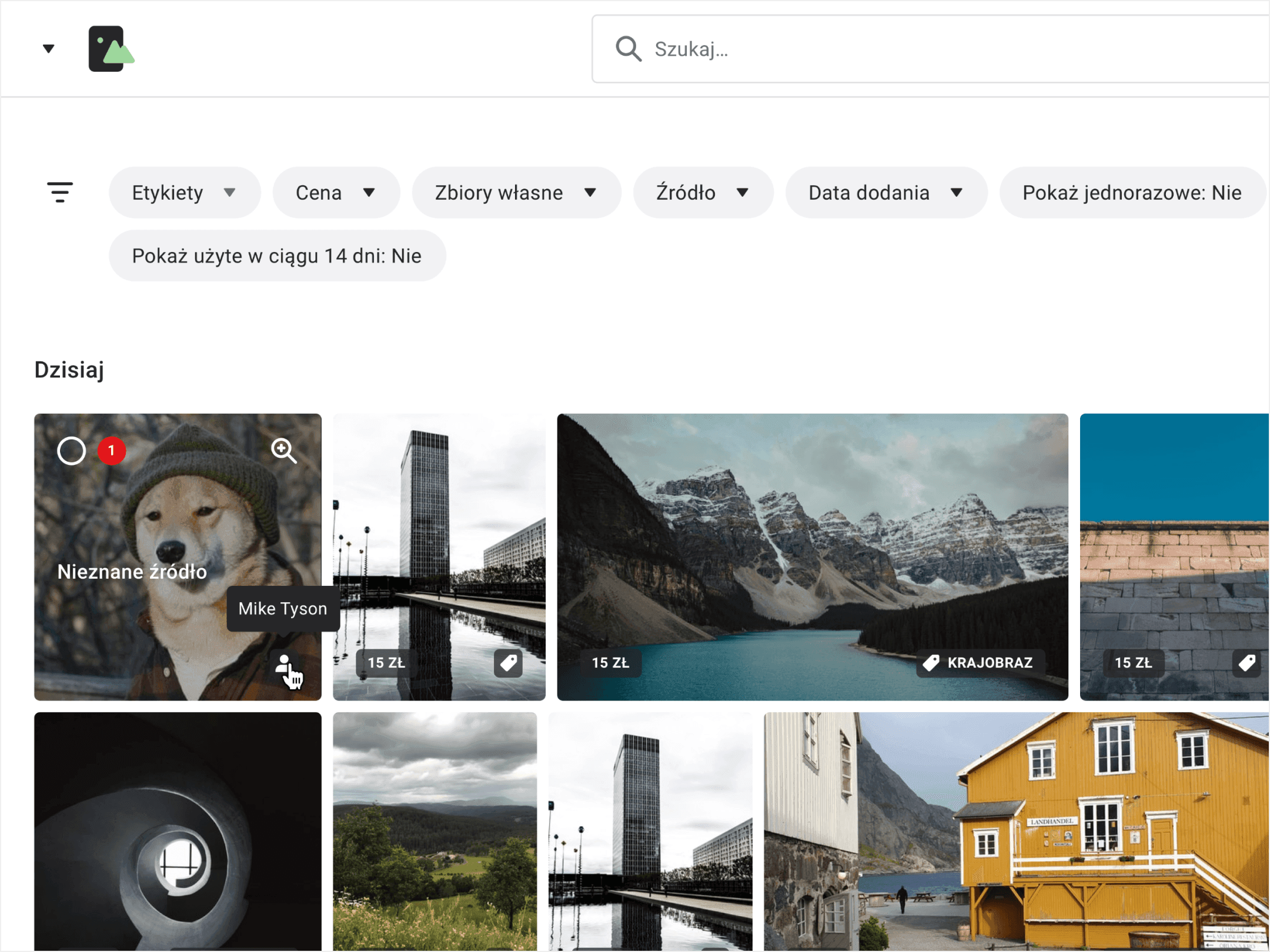B2B Platforms – possibilities and issues from the perspective of a WellCommerce expert
8 Apr 2022
WellCommerce is a solution which is a comprehensive response to the requirements of B2B sales platforms. The conversation below between Konrad Hildebrand of Autentika and Adam Piotrowski from WellCommerce addresses the challenges in creating such platforms.
Konrad Hildebrand: Can you tell us about the largest B2B implementation you carried out to date using the WellCommerce platform?
Adam Piotrowski: For one of the leading distributors in the office supply industry, we have created a complex B2B platform, which supports more than a dozen stores. The system works as follows: the main store run by the mother company is connected to satellite stores, which are run by completely separate entities. The product offer is automatically downloaded along with pricing information (which differs depending on different branches), discounts, other issues related to storage and product availability for particular locations, etc.
This solution is more reminiscent of an actual e-commerce platform or a franchise than a simple system to support wholesale outlets. From the perspective of our technology, you can say that this is an extremely complex multi-store system. Integration takes place through the use of .xml files, and import is automated for all information that is located in the client’s sales system, starting from products, through rebates, availability, product images, and categories.
Is WellCommerce used to control the central warehouse in this case? If I'm the franchisee, I take inventory from the HQ and join the platform to download all the information.
That’s exactly how it works. In practice, stores connected to the platform don’t have their own warehouses. It is a unique variant of dropshipping. The merchandise leaves the central storage and is dispatched through a particular point of sale. In reality, the satellite stores gather orders. They have their distinguished looks, payment forms, delivery methods, and dynamically calculated prices, but in the end, the order lands in the central store, and that’s where it is completed.
For another client, this time in the textile industry, WellCommerce is a type of overlay on Comarch Optima. The system has been optimised to allow for quick placement of orders for different variants of products. With all colour and size combinations at peak times, it supported 11 thousand combinations of pattern/colour/size.
This was the largest implementation. How about any other interesting applications of WellCommerce for B2B?
The second-largest implementation was delivered for a client we have supported since 2012. The solution includes two stores, one wholesale and one retail. We had to deliver a unique rebate system to meet the specific business needs of this particular client and then integrate this entire system with Subiekt GT.
Next to the wholesale system, we have implemented a separate store in the multistore mode to support retail customers. For wholesale customers, we also added an interesting feature, which allowed them to separate items in the shopping cart between regular and discounted prices.
Currently, the client owns a network of more than a dozen points of sale, and all of those locations use WellCommerce for their inventory instead of Subiekt. The system delivers information about inventory in particular locations and allows POS employees to complete their orders directly using the online store.
What should be kept in mind when creating a B2B platform?
Every implementation has some common points, but every client is different. Therefore, each platform has to meet completely different requirements. The role of a shopping system is to carry out the pricing policy which is required by the company at the given point in time. You can’t just bring it down to rebates. B2B solutions allow prices to be calculated based on the client and the particular group of products.
Every company has a different approach to its pricing policy. I haven’t seen two companies where prices would be calculated in the same way. At one of our partners, discounts are calculated based on the client, but for particular groups of discounts, for the given assortment category. The price presented to a B2B client is the result of three levels of discounts. It must be determined what location is the discount assigned to, for what group, and that fragment of the product code.
What to pay attention to?
B2B should sell like any other store. It shouldn’t just be a platform to present products to counterparties. This function is delivered by sales catalogs, not B2B e-commerce platforms.
Focus on implementing a pricing and logistics policy, like deliveries through multiple courier services, calculating shipping costs based on delivery dimensions. Business clients order merchandise in large quantities, delivered on pallets. A B2B system must allow for multi package delivery. Shipping generates costs, so you should remember to optimize those costs appropriately.
What about payments and commissions?
B2B requires different payment methods than those in retail. Retail has bank transfers, payment upon delivery, and online payments. In wholesale, we need merchant credit, delayed payment, split payment, and payments divided into down payments and settlements. Anyone who wants to implement this sort of system must consider what forms of payments suit their business.
You have to ask yourself, how can you serve those clients. There may come to a point where you have to implement solutions for account managers. You can have account managers for entire product groups who work with selected clients. This solution allows each client to have an assigned person who automatically receives information about their orders.
What obstacles can occur during implementation?
When implementing a system like this, the biggest problem is always… logistics. That is, processing orders or user permissions. Those issues often require significant focus.
Another big challenge is the implementation of the pricing policy of the given company because, in every project, prices are calculated in a different way. You can’t simply create one single mechanism which will suit every business case. In every industry, clients have different requirements for price calculation mechanisms.
I’d like to emphasize that this is not a problem but a challenge. It’s an element that requires a thorough analysis.
What about a situation when a store also functions as a physical location?
Many of our clients are actual brick-and-mortar stores. Pricing policies used offline don’t always make sense in the online world, and sometimes not all mechanisms can be simply reflected. Giving away freebies, promotions, and different types of rebates at brick-and-mortar stores is different from what you can do online.
This is a challenge for the client because they must clearly define their expectations. We often suggest how certain things can be simplified, sometimes, this leads to the creation of better solutions than those used by the client before. This is one of the most time-consuming elements of system implementation.
For all other things, to some extent, we can use existing standard elements of WellCommerce: multi-store, discount groups, client groups, prices depending on order quantities, different discounting mechanisms, prices depending on location, prices at warehouses, and trolley rule mechanisms. In most cases, this will suffice for a moderately advanced B2B store.
What popular systems have you integrated WellCommerce with so far?
We have delivered integration with Comarch Optima, which allowed us to obtain a dedicated proprietary integrator. This solution includes the possibility of integrating typical aspects of everyday service, like synchronizing prices, inventories, orders, and invoices. In addition, we also managed to implement recipe management for recipes used in products made of several ingredients. This can be used also with clothing or computer sets.
For a client in the aviation industry, we have carried out integration with their SAP system for their internal store. It’s a store with the pilot, flight crew, and ground crew uniforms, which are only available for employees. In this case, they don’t buy their work clothes in exchange for money but have certain allowances, a form of points, which they can use. On one hand, SAP is used to download information about the points and allowances. On the other, to pass orders for processing and creating invoices. But this integration did not include product management as such.
Once we have also carried out integration with SAP while delivering a project for a large beverage manufacturer. The goal was to allow juice containers to be marked with dedicated labels ordered by customers using a web creator. They could add their own inscription or image. The integration took place in the scope of a typical sale – is related to downloading inventory, tastes of juice available, and passing orders for processing. Quite simple integration in general.
Simple integration with SAP?
Anyone who carried out any integrations with SAP knows that every SAP system includes different solutions. There are no two similar SAP systems out there. You can’t just create a general mechanism because SAP in itself, by its implementation, will determine processes and the use of methods. If we have experience with one SAP, we can’t say we know other SAP-based systems. Every one of them is a new challenge.
How about other integrations?
An important element of those implementations are integrations with external wholesalers. For example, in the case of one of our clients, we are now working on an integration with thirteen different sources of merchandise.
In the case of another client in the cosmetics industry, there is no integration with a typical inventory system because the company uses Logistiko, warehouse outsourcing. It is a very interesting concept, which is becoming more and more popular in the market. The store outsourced its entire logistics to an external company that deals with invoicing, packaging, confectioning, and shipping to the client, as well as processing orders and returns. In this perspective, Logistiko becomes the warehouse system. This type of cooperation is very similar to Amazon Fulfillment, that is, those integrations where the merchandise is passed onto Amazon and processed by them completely.
If you’re planning to work on a software project for your company in the near future, contact us. We would love to hear about your project!



